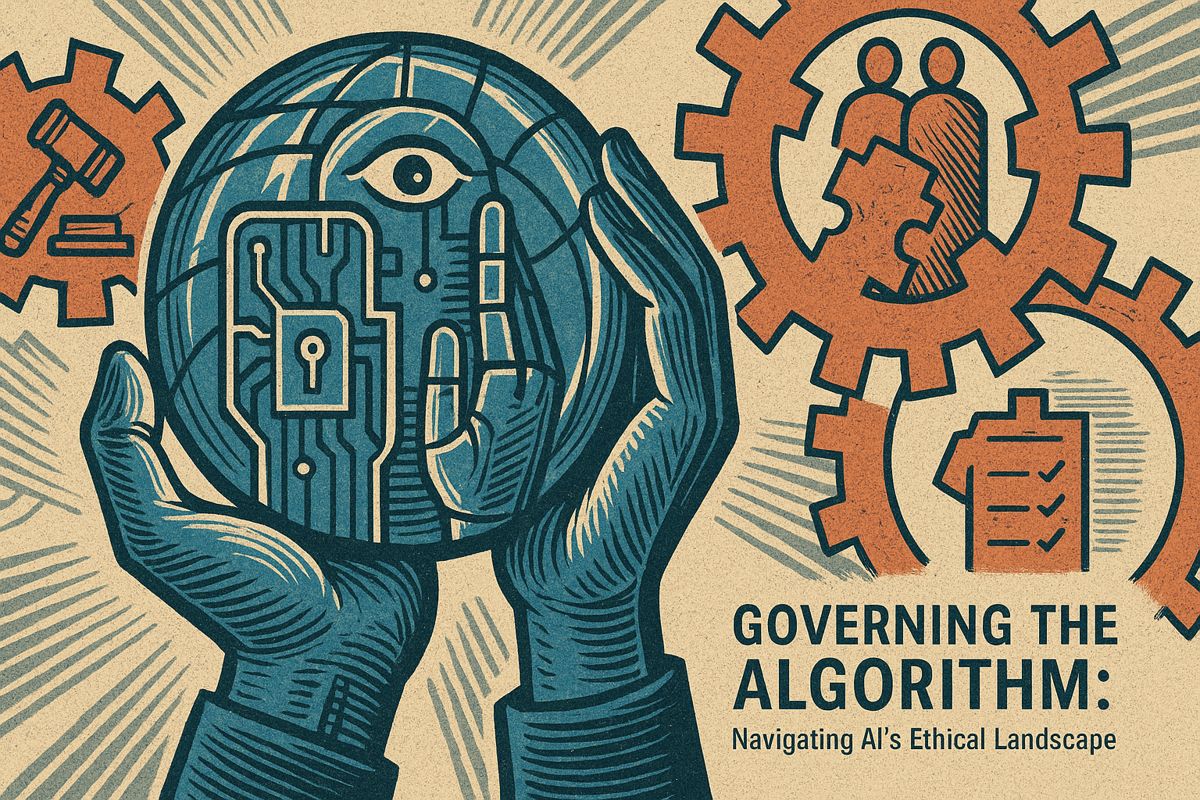In 2025, business leaders learn four key skills from generative AI courses: telling apart different AI models, building smart AI strategies, checking if AI outputs make sense, and using AI tools like chatbots at work. These courses are short, mix online lessons and live sessions, and end with certificates from top universities. Leaders use what they learn to speed up tasks in marketing, finance, and HR, making their companies work faster and smarter. Most of these programs are free or cost less than $1,500, and special scholarships help more people join. Companies now pay more for leaders who know AI, even if they don’t work in tech.
What key skills do business leaders gain from generative AI courses in 2025?
Business leaders in 2025 gain four critical skills from generative AI courses: model differentiation, AI strategy construction, critical thinking to validate outputs, and practical application – such as deploying Copilot extensions or RAG chatbots – enabling them to drive real business value from AI initiatives.
- Generative AI is no longer a buzzword in 2025 – it is the fastest-growing enterprise skill set*, with 80 % of companies planning to deploy generative AI applications or APIs by 2026, up from just 5 % in 2023 (Kong, 2025). For the 72 % of enterprises increasing their AI budgets this year, the biggest pain point is finding people who can translate the technology into real business value. A new wave of university-backed online courses is filling that gap by targeting non-technical leaders rather than data scientists.
What the 2025 courses look like
| Program (example) | Length | Format | Core Use Cases Covered | Certification at Completion |
|---|---|---|---|---|
| MIT “Applied Generative AI for Digital Transformation” | 8 weeks online | Live + self-paced | Content automation, financial forecasting, risk simulation | MIT Professional Education certificate |
| Columbia “Generative AI for Business” | 6 weeks | Project-based | Campaign ideation, HR analytics, forecasting | Columbia Business School certificate |
| UT Austin Post-Graduate Program | 3 months | Cohort model | LLM integration, RAG, agentic AI | University of Texas digital credential |
Each package balances three pillars:
- Historical foundation – why transformers replaced older NLP models and why that matters for ROI.
- Prompt-to-production roadmap – from prompt engineering in ChatGPT to shipping a LangChain workflow inside Slack or Microsoft 365.
- Ethics & governance – bias testing, data-privacy checklists, and new EU AI Act compliance templates.
Competencies you actually walk away with
The curricula converge on four transferable skills that recruiters now screen for:
- Model differentiation – knowing when GPT-4o beats Gemini 1.5 Pro on cost-per-token or when a lightweight open-source model is safer for regulated data.
- Strategy construction – turning a vague OKR such as “reduce forecast variance by 20 %” into an AI roadmap with milestones, KPIs, and fallback plans.
- Critical thinking – validating AI outputs with traditional finance or marketing benchmarks instead of blind trust.
- Practical application – shipping a working prototype (often a Copilot extension or RAG chatbot) inside the company’s existing tech stack.
Employers reward these skills: professionals listing “AI strategy” or “prompt engineering” on LinkedIn saw a 28 % salary premium in 2025, even in non-tech roles (Times of India, July 2025).
Who should enroll and why
- Marketing teams* automate first-draft copy, A/B-test visuals, and generate quarterly campaign plans in hours instead of weeks.
- Finance leads* build rolling-forecast models that update nightly with fresh ERP data, cutting variance by up to 30 % in pilot programs.
- HR departments* deploy chatbots that cut onboarding admin time by 40 % while maintaining audit trails for compliance officers.
Accessibility and cost
Most programs are offered either fully free or under $1,500 when bundled with university alumni benefits. MIT and UT Austin also provide scholarships specifically for women in leadership and non-profit executives, broadening access beyond Silicon Valley.
Enrollment windows for the next cohorts close in August 2025, with synchronous kick-off sessions scheduled before Labor Day.
What makes today’s generative AI courses different from the MOOCs of 2020-2022?
The 2025-era programs from MIT, Columbia, and UT Austin drop the heavy coding labs and instead zero-in on business integration playbooks. In a typical eight-week sprint, participants work with live enterprise data, build no-code AI agents, and leave with a ready-to-deploy roadmap. Over 80 % of enterprises are expected to have GenAI applications in production by 2026, so the courses are designed as “just-in-time” toolkits rather than long theoretical sequences.
Which job titles see the biggest salary lift after finishing one of these certifications?
Non-technical roles now capture the largest wage premiums. Recent market surveys show:
- Marketing managers: +28 % average salary bump within 12 months
- HR business partners: +25 % when they can demonstrate AI-driven talent-analytics wins
- Finance analysts: +22 % after deploying AI forecasting models that cut closing time by 30 %
The uplift is tied less to the credential itself and more to measurable KPI improvements that graduates present during performance reviews.
Do I need Python or just a credit card?
Zero coding required. Courses rely on drag-and-drop platforms (e.g., LangChain no-code builders, vector-DB plugins, ChatGPT Enterprise sandboxes). The technical lift is replaced by four core competencies the programs grade you on:
- Critical thinking – framing the right business question
- Model differentiation – knowing when to use GPT-4o vs. a fine-tuned Llama-3
- Strategy construction – mapping AI pilots to P&L levers
- Practical application – delivering a working prototype in under four weeks
How are companies validating these new skills?
Forward-looking firms are creating internal “AI guilds”. Once an employee finishes an MIT or Columbia certificate, they join a cross-functional squad that receives a quarterly budget to run 30-day GenAI experiments. Success metrics are strict: reduce ticket-handling time by 40 %, cut content-production costs by 35 %, or improve forecast accuracy by 15 %. Pass the gate, and the guild member becomes an AI evangelist with an automatic path to promotion.
What happens after the course ends?
Alumni get lifetime access to model update pipelines and peer Slack channels moderated by course faculty. If OpenAI drops a new product tier or Anthropic releases a faster Claude variant, the learning portal pushes a 15-minute micro-lesson explaining how the upgrade affects your existing workflows. This keeps the certification “alive” and prevents the dreaded six-month skill decay.
Extra insight: Columbia’s latest cohort reported that 62 % of projects shipped to production within 90 days of graduation, compared to 21 % for traditional internal hackathons.



















